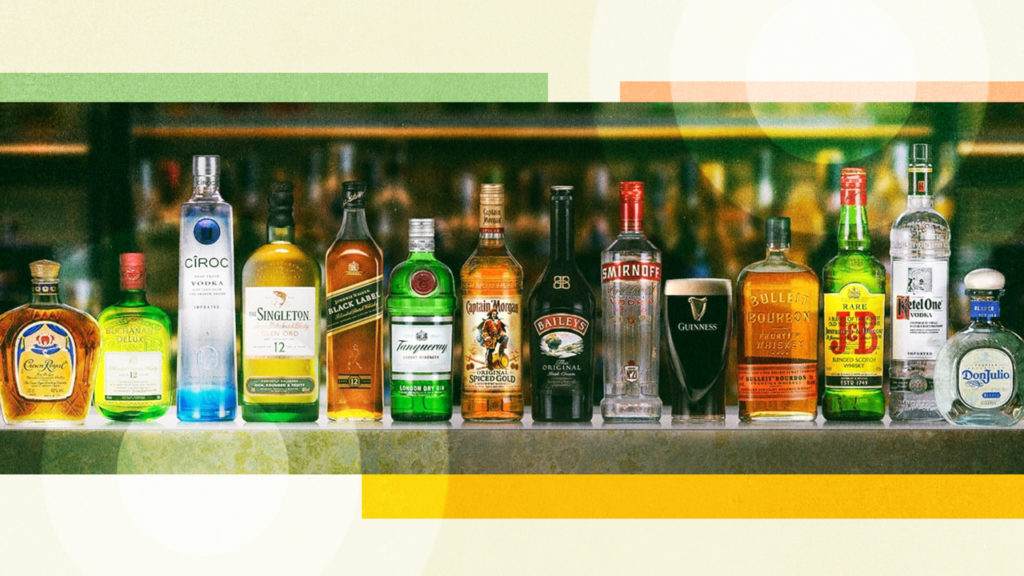Women account for 70-80 percent of all purchasing decisions, yet they’re often absent, objectified or portrayed in a regressive way in advertising. Diageo’s global head of consumer planning, Andrew Geoghegan, and global brand director of Guinness, Grainne Wafer, examined this truth in a LIONS Live panel, as part of this year’s Cannes Lions, about Diageo’s endeavors to achieve gender equality in advertising. Here are the lessons they’ve learned along the way.
Diageo found that signals of cultural change come from the top. To normalize greater gender balance, Diageo hired more women, transforming its once nearly all-male executive committee into one made up of 40 percent women. The change also led to senior female leaders representing 50 percent of the company’s global marketing team.
Creating an inclusive organization also meant implementing policies that mirrored Diageo’s mission. In 2019, Diageo equalized family leave across its global offices, allowing men and women six months of fully paid leave, and up to a year off work. The policy applies regardless of gender, sexuality and the method by which an employee became a parent.
Ads can either constrain or inspire how consumers see themselves. That’s why Diageo conducted an analysis of how women are portrayed in popular culture around the world. The findings provided the basis for Diageo’s “Progressive Gender Portrayal Framework,” an actionable framework it developed to be applicable across all its brands, in different stages of communication developments and in various cultural markets. Diageo distributed the framework to 1,200 marketeers and agencies via training modules to help them identify their own biases.
The framework consists of four guidelines: representation, how ads represent different types of women that consumers can relate to; perspective, or who’s framing the story; agency, addressing women respectfully; and characterization, ensuring women have the same depth and complexity as men who are featured in creative.
Diageo says it was also important to remain honest about any creative they’ve developed that didn’t meet the mark on gender equality. For example, its Bailey’s brand realized that a former brand proposition about making women shine resulted in stereotypical portrayals of women. Bailey’s shifted this messaging to one around adult treats, thereby improving the brand’s health.
To ensure creative meets your standards for gender equality, the duo recommends measuring consumer perception of ads. For example, Diageo’s Guinness brand ran a spot highlighting a Japanese rugby team of females that made it to the 1991 Women’s Rugby World Cup despite social disapproval. A survey after the fact showed that 81 percent of people agreed the ad portrayed women as positive role models.
To encourage gender equality in creative, in 2019, Diageo partnered with Creative Equals to help women return to the industry following a career break of a year or more. The Creative Equals Returner scheme, #CreativeComeback, saw 58 women complete the course and a majority return to creative industries afterward.
Diageo’s commitment to closing the gap in creative leadership stems from efforts made by the company’s outgoing chief marketing officer, Syl Saller. In 2018, Saller sent a letter to agencies calling on them to disclose the percentage of women on their leadership teams and how they plan to address any gender imbalances. Saller will retire this summer after 20 years at Diageo.

